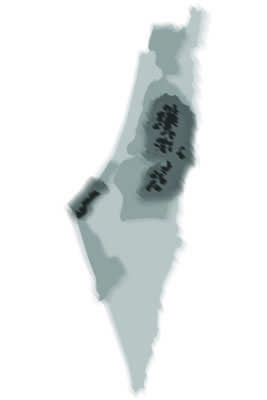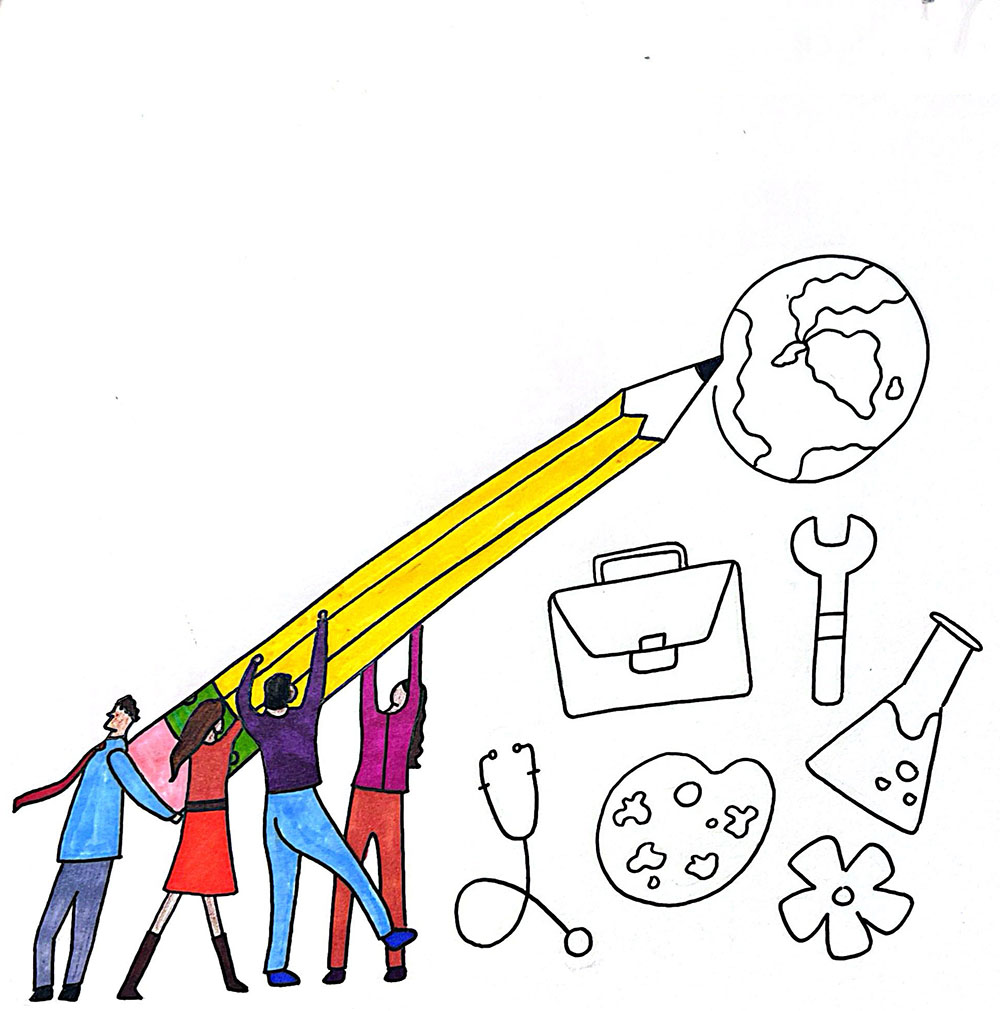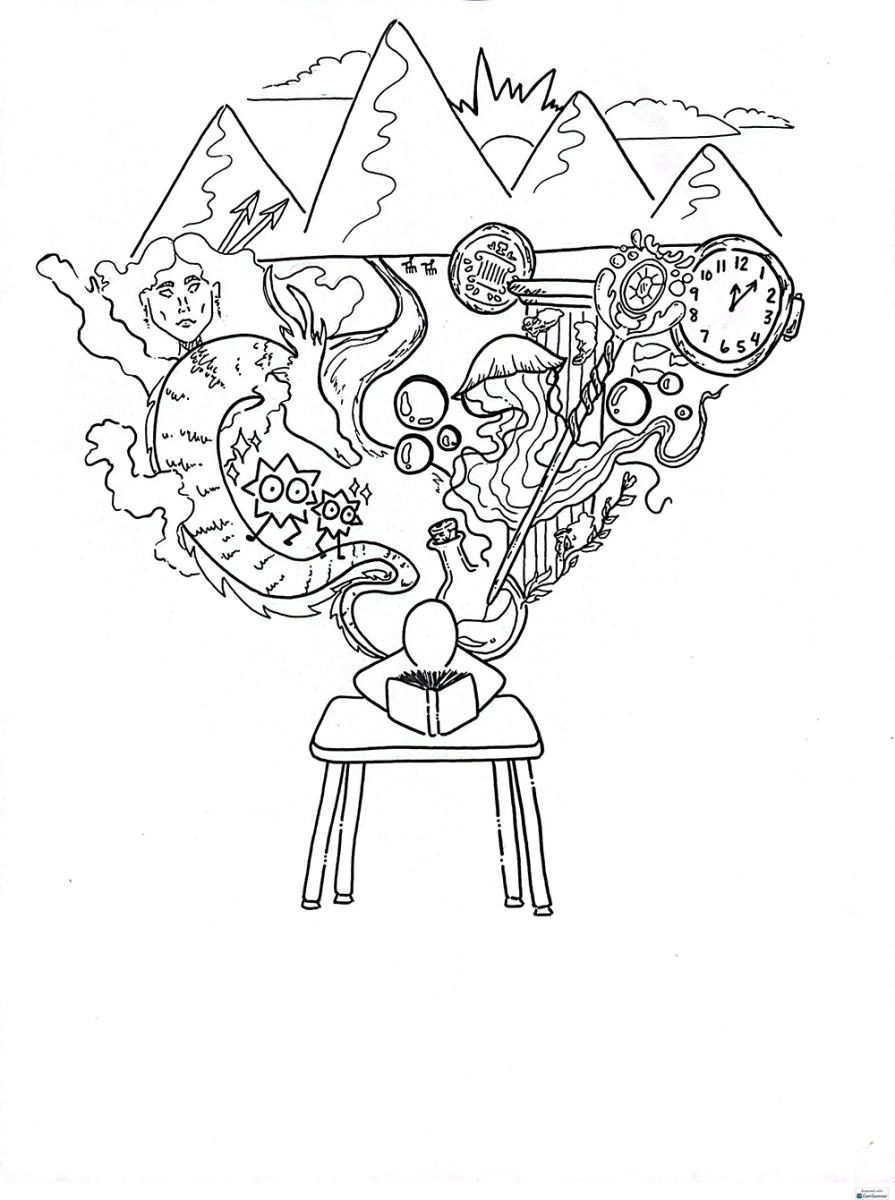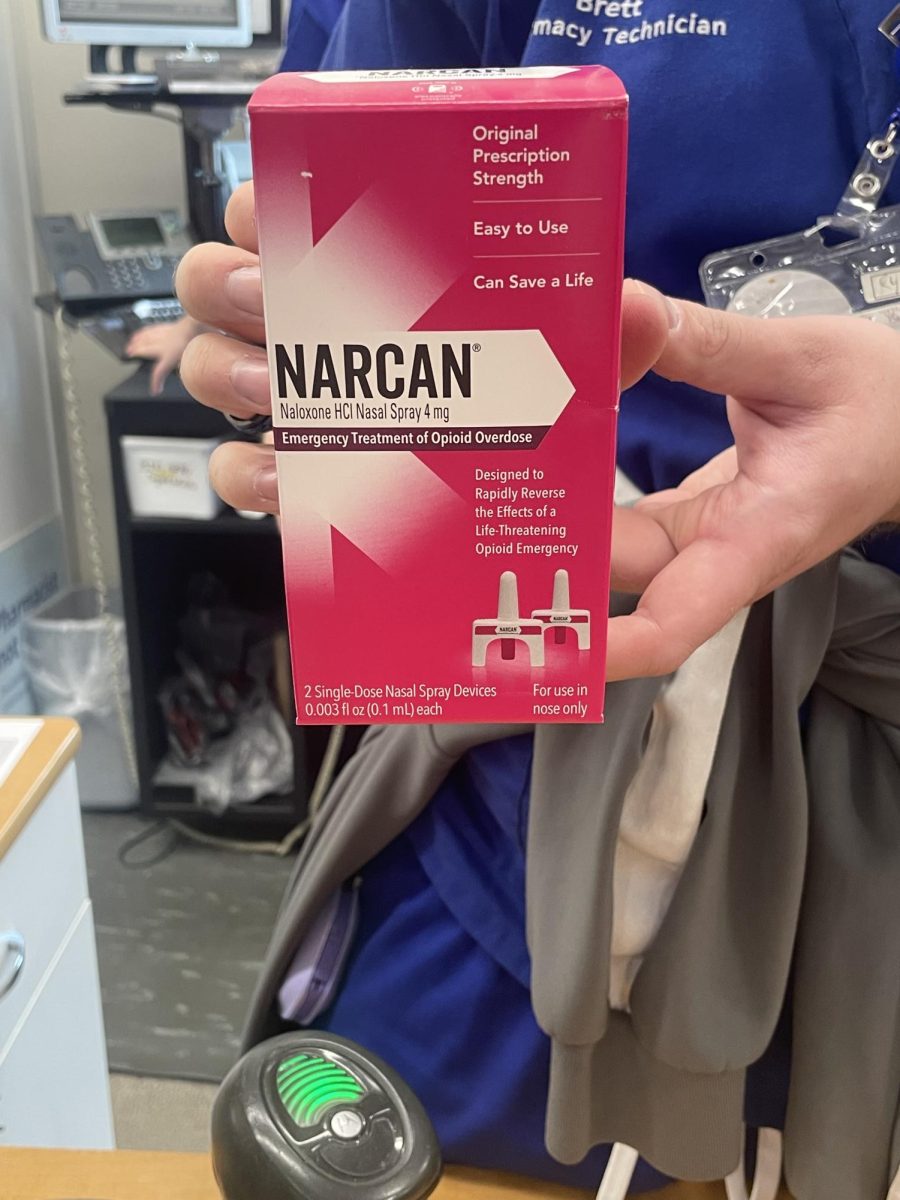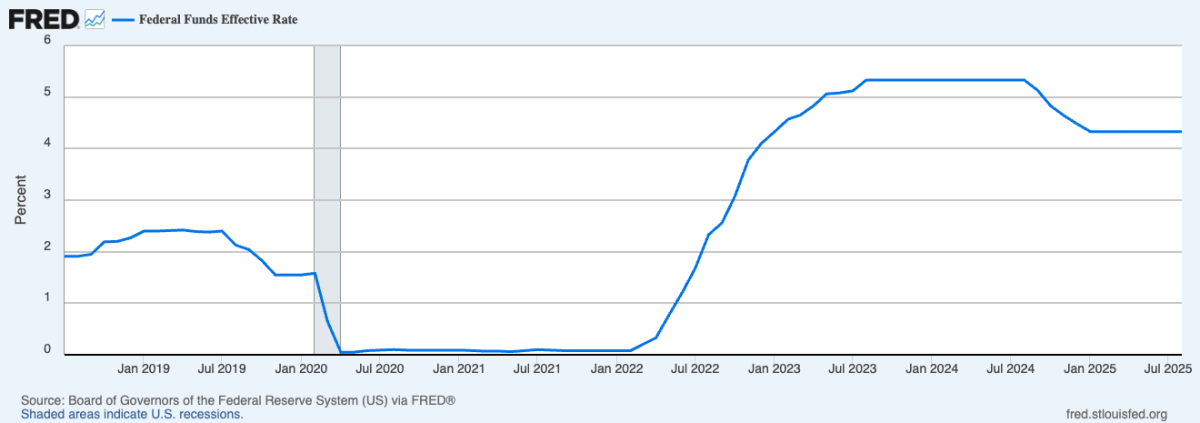The “two state solution” is often discussed as the best potential result of the conflict between Israel and the Palestinians. However, this is an oversimplification of the real issues. It should be clear that Israel is better than the Palestinian Authority(PA) in protecting human rights, economic advancements and raising living standards for the Palestinian people.
The real human rights conflicts can be seen when looking at a more specific group of Israelis: Arab-Israelis.
These members of Israeli society share almost everything with Palestinians in the Palestinian territories. The difference is how they identify themselves. Instead of living in the PA with other Arabs, they willingly choose to live in Israel.
Why would they do such a thing? Isn’t Israel terrible for Arabs? Doesn’t the United Nations often criticize Israel on human rights issues? Based on standardized measurements like the Economist’s Democracy Index, Israel is better for Arabs than the PA is.
One human rights issue, which also has significant economic impacts, is the Israeli “settlement” practice. This is where the Israeli government places its citizens inside the West Bank or Gaza Strip for permanent residence. Sure, the UN can sanction Israel for the settlement practice, but the cost of living in the Jewish settlements is far lower than it is for Palestinians in the rest of the territories. This economic inequity is the true human rights abuse.
A 2011 New York Times article found that Israel spends twice as much on settlement residents as on other Israelis. This spending (on construction and other necessary supplies) significantly reduces the cost of living in the settlements. Israeli-controlled and PA-controlled land has the same natural resources. The only difference is who is governing. If granted the remainder of the land, Israel would significantly improve the living conditions.
Many attribute the difference in economic conditions to the blockade Israel has in place. However, Iran and other allies of the PA have successfully been able to smuggle goods inside the territories. In fact, the actual goods chosen to be smuggled further demonstrate the PA’s intentions. Israel blocks smuggling trade of weapons, the only thing that Iran attempts to get to Palestine. If they attempted to bring food or supplies, a credible argument in favor of sovereignty could be made. However, they choose to abandon their people’s well being in favor of more weapons and more bloodshed.
One effect of increased cost of living is protests. In fact, The Economist reported in November that the PA was close to collapse. This was not because of a terrorist attack, political infighting or even a top-secret assault mission propagated by Israel (excluding the latter, all are very present inside the PA).
No, it was simply because of high gas prices that sparked Palestinian protests of “Down with Salam Fayyad!” (the PA’s Prime Minister, who recently resigned), “Down with Mahmoud Abbas!” (the PA’s President) and, after a week of protests, “Down with the Oslo Accords!”
The Oslo Accords (officially the Declaration of Principles) is the document that created the PA. Without this declaration, the people of the PA would be living in the state of Israel, with cheaper gas and safer human rights standards.
This tension creates more problems inside the PA, provoking response from the international community. Unlike the “simple” answer of a two-state solution, the international community faces a decision with four basic options:
One option is to ignore the situation, which would not solve anything. Another equally poor option would be to sanction Israel and forcibly remove the settlements. A more favorable option would be to ease the tensions strictly inside the PA with UN aid; however, providing all of the costs associated with governance can become quite expensive. The final option is to give the protesters what they want: give control of the Palestinian territories back to Israel.



